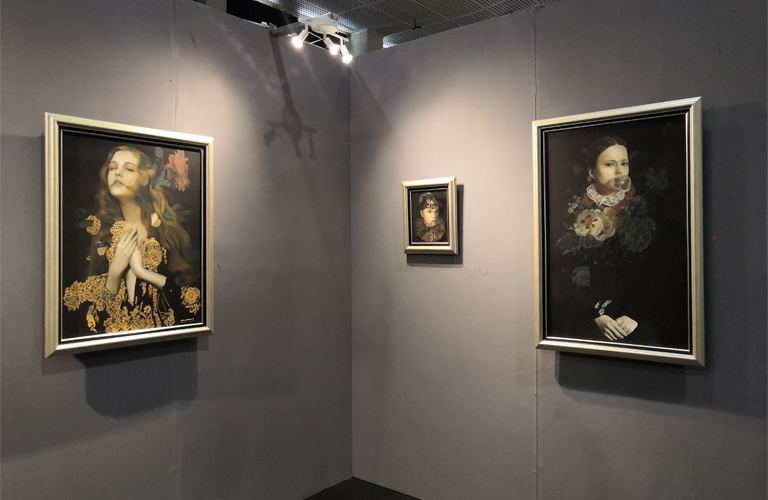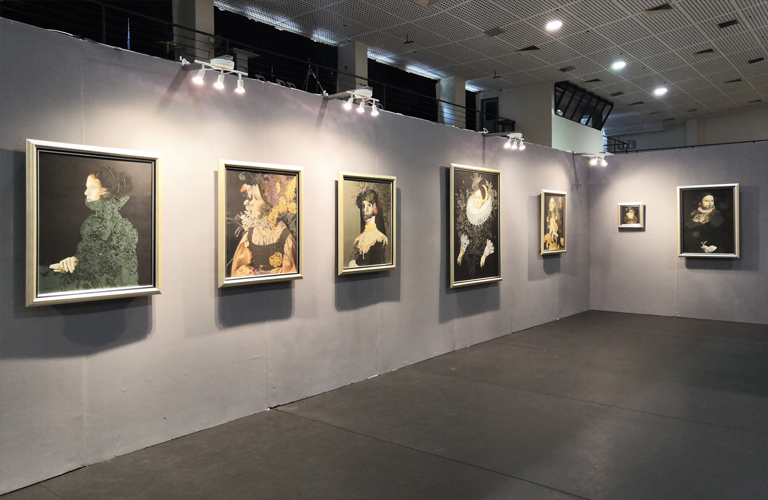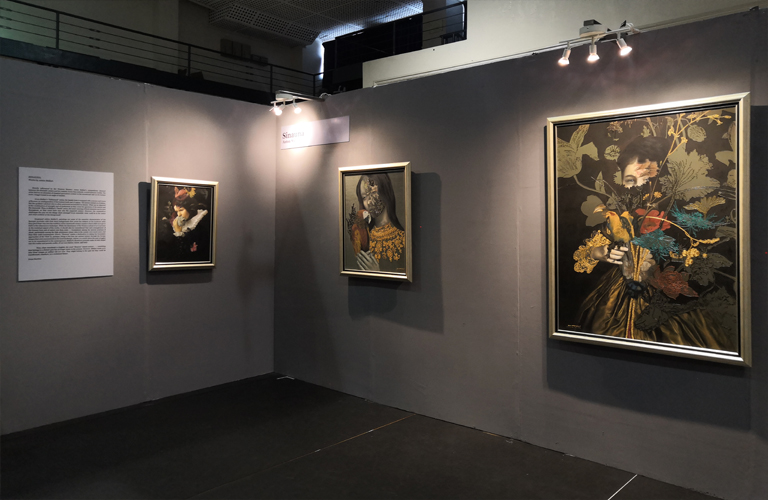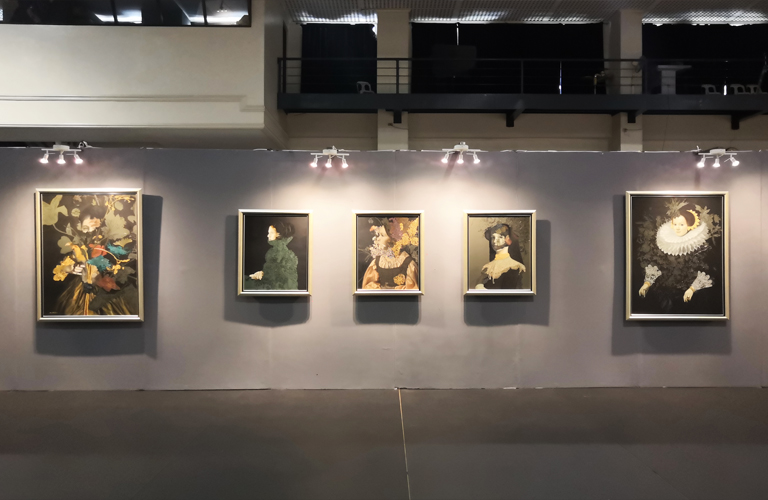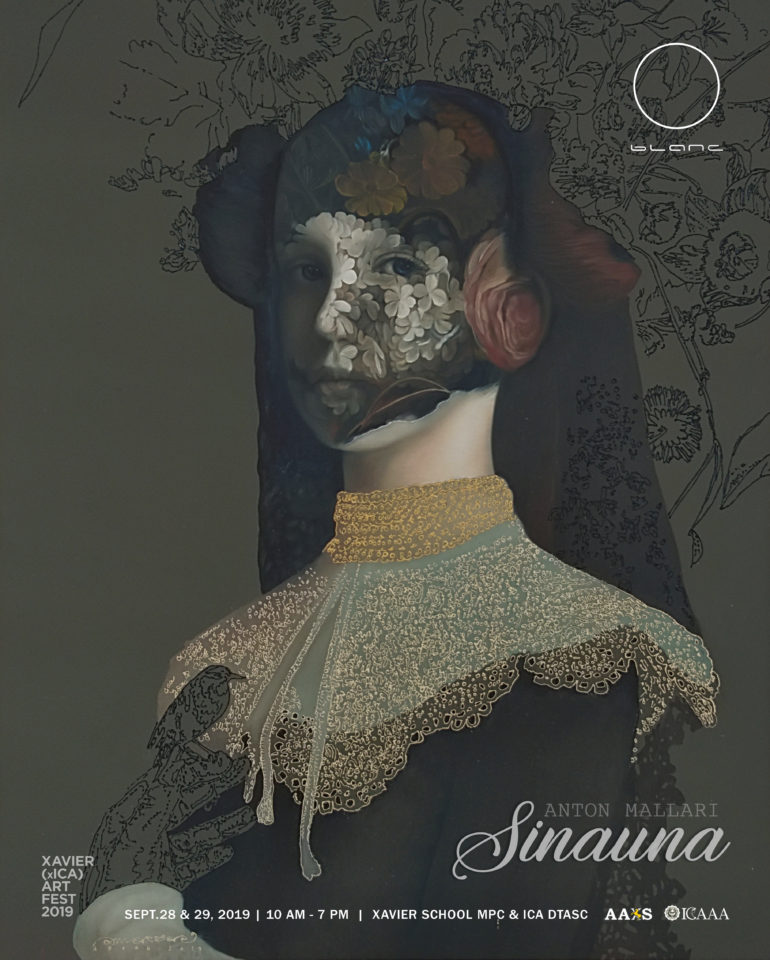
SINAUNA
Works by Anton Mallari
Heavily influenced by the Western Masters, Anton Mallari’s compositions intersect between the dramatic scenes and the realistic forms that embody a world between worlds. The artist thrives on elements of classical portraiture evident in the sensational take on the human form: visages tossed in an angle of tension.
From Mallari’s “Halimuyak” series, the female form is wrapped with contours and traces of flowers; an amalgamation of the human body and of nature. The scenes remind us of deities, like the goddess Lakshmi who is often portrayed surrounded by lotuses. What can be observed is the combination of strength and of tenderness as they cross the spectrum of the mortal and the immortal. Thus, in Mallari’s “Sanib” series, the same weaving of floral elements can be seen throughout, as they crawl their way into the supposed subject. However, the composition challenges the way we see things when arranged in an ensemble: what could be at the center and what could be at the foreground?
Employed within Mallari’s paintings are some of the essential characteristics of the Baroque portraits with their dark backgrounds that arrest the subjects at the forefront while they pivot their way into the tradition of the nineteenth century masters whose skills have given birth to the chiaroscuro technique. While the dominance of the Western school of art is present in the technical aspect of his works, it should also be remembered that such entanglement of the human form and of nature has deep roots — foundations among the ancient practices of ritual, particularly among the high priestesses whose roles in the society were much more vital than their male counterparts. Hence, “Sinauna” makes a declaration in taking the formalistic approaches of the West to, perhaps, bring to the fore our ancient history through the foreign images that were encountered in the local landscape. And so, in a world where the past struggles are to be remembered in the contemporary, Mallari’s theatrical portraits make us look deeper into the reality and pseudo-reality of our own history, forms, and body.
Thus, when translated to English, the word “Sinauna” means ancient – – – something that belongs to a distant past but no longer exists in the present. However, Mallari wants us to take these images as neither old nor new. They might belong to the past but they could be transformed, somehow, by a reclaimed future.
Gwen Bautista
Works
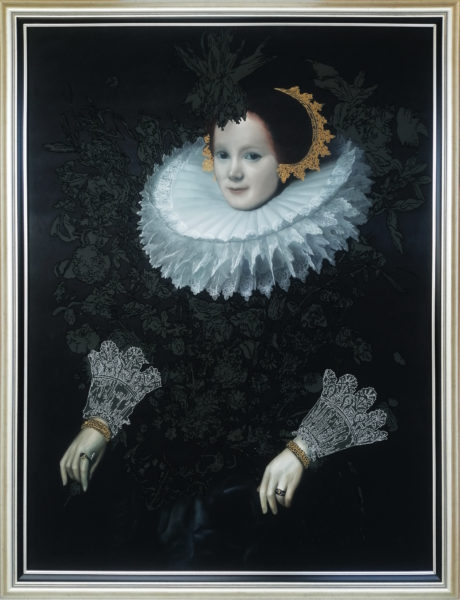
CROWN SERIES II
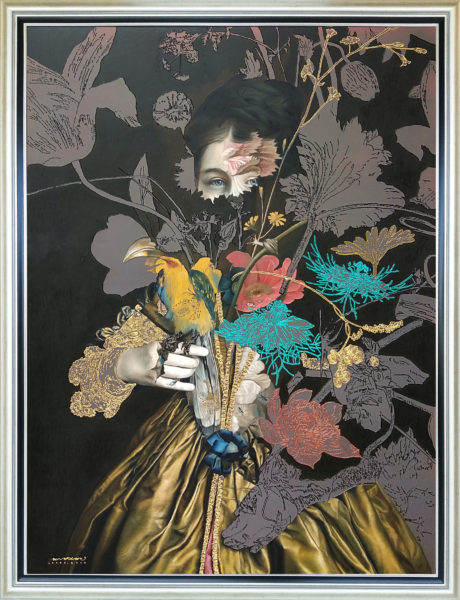
HALIMUYAK SERIES XI
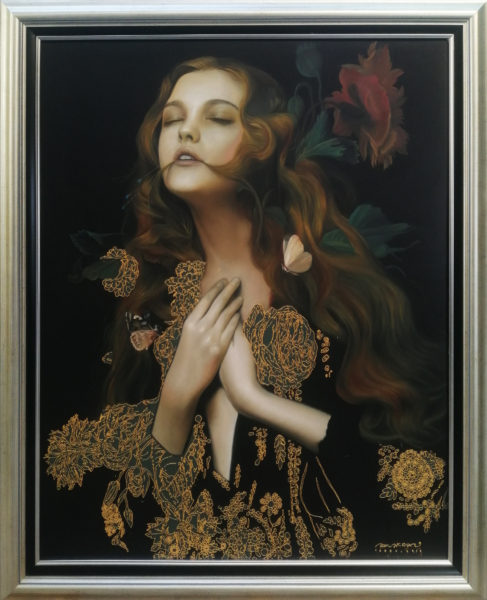
HALIMUYAK SERIES XII
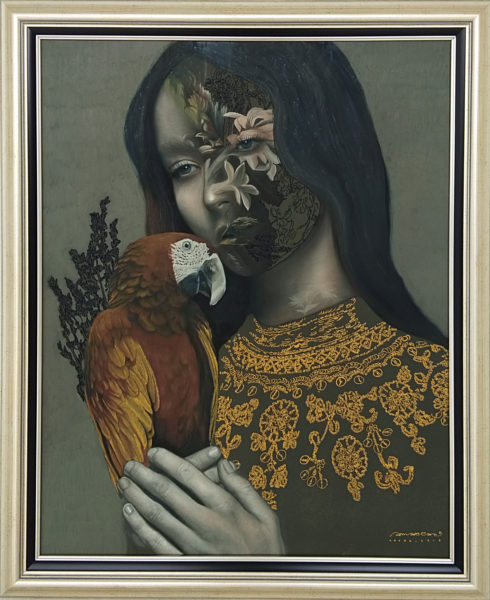
SANIB II
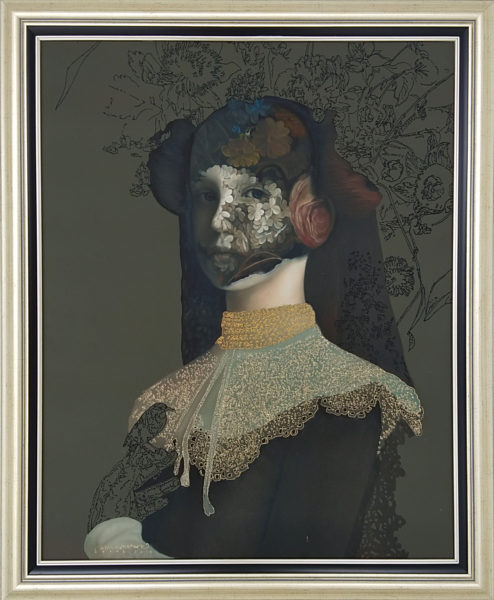
SANIB III
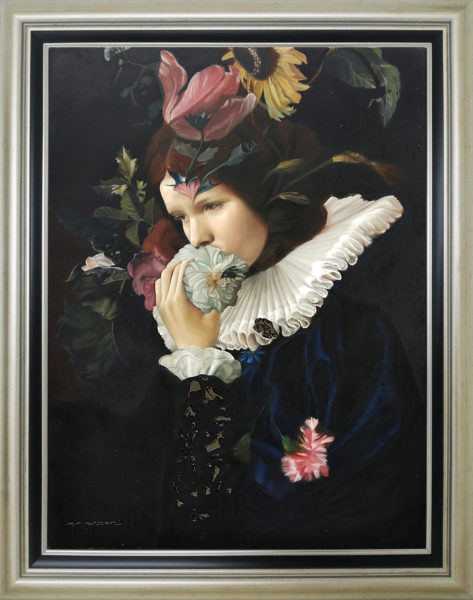
SANIB IV
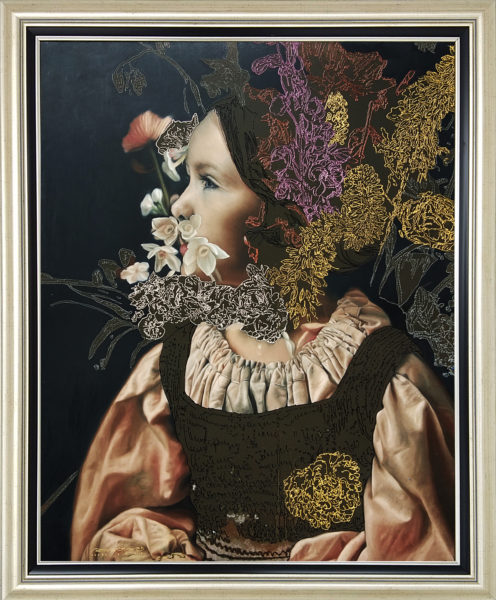
SANIB V
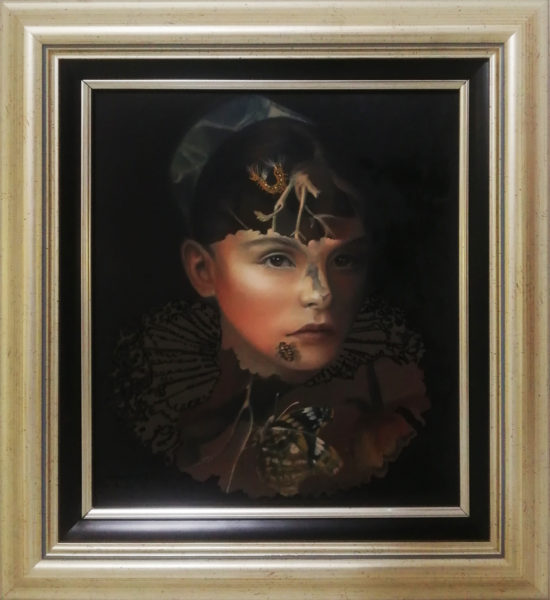
SANIB VI
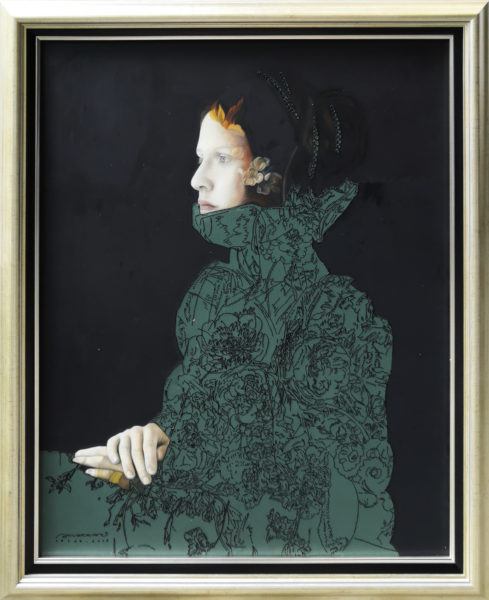
SANIB VII
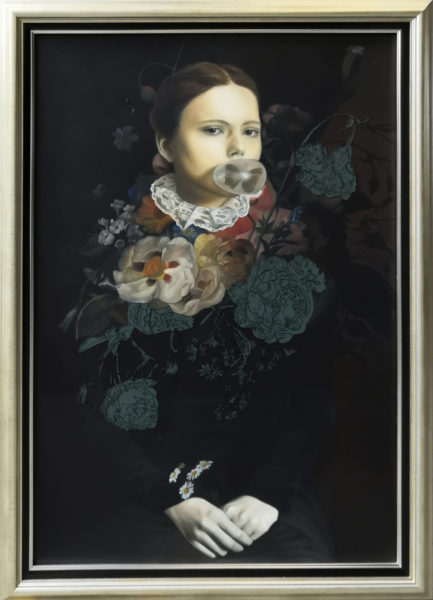
SANIB VIII
Documentation
